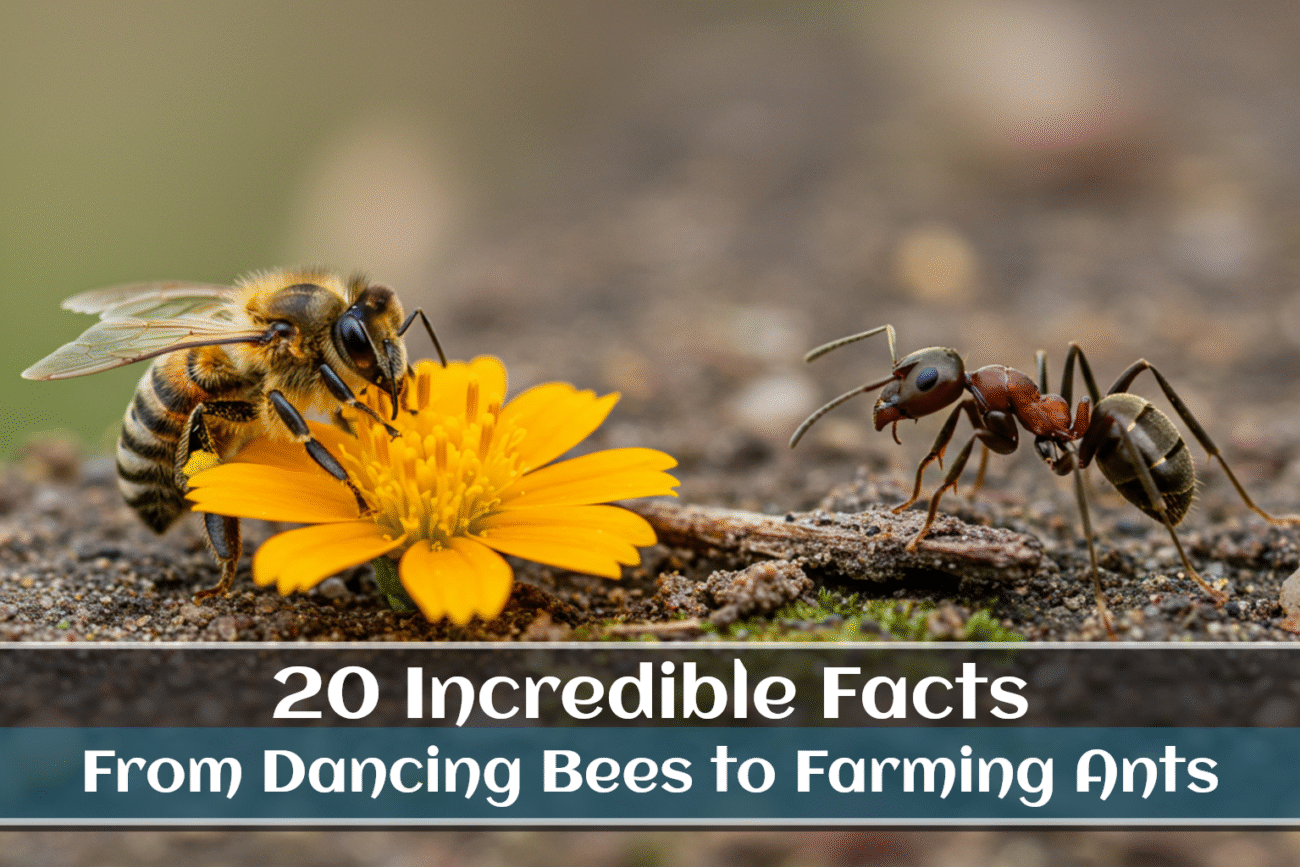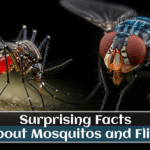Beneath our feet and in the flowers of our gardens, entire civilizations rise and fall. These are not cities of stone and steel, but bustling empires of wax and soil, run by millions of tiny inhabitants working in perfect harmony. Bees and ants are more than just bugs; they are the architects and citizens of some of the most incredible insect societies on Earth. Their worlds are governed by complex rules, stunning feats of engineering, and bizarre social behaviors that can seem stranger than science fiction.
This article will take you deep inside these hidden worlds. We will explore 20 mind-blowing facts that reveal the genius behind the beehive and the anthill. From bees that give directions through dance to ants that have mastered agriculture, you are about to discover the astonishing complexity of incredible insect societies. Prepare to be amazed by the tiny titans that have been building empires long before we ever did.
The Bee: A Dancing, Social Engineer
The honeybee is often celebrated for its golden honey and vital role as a pollinator. But its true marvel lies in its social structure—a highly organized community where every member has a purpose. The hive is a city that runs on communication, architectural genius, and unbelievable teamwork, making it one of nature’s most incredible insect societies.
1. The Famous “Waggle Dance”: A Living GPS
One of the most astonishing behaviors in the animal kingdom is the bee communication dance. When a forager bee discovers a rich source of nectar or pollen, she doesn’t just keep it to herself. She returns to the darkness of the hive and performs a special “waggle dance” for her sisters. This isn’t random; it’s a highly precise set of instructions. The angle of her dance in relation to the sun’s position tells the other bees the exact direction of the food source. The duration of the “waggle” part of the dance tells them how far away it is. It’s a living map, a symbolic language that allows the colony to efficiently gather resources.
2. A Single Bee Makes a Trivial Amount of Honey
We often take a jar of honey for granted, but the effort behind it is monumental. In her entire lifetime, which may last only six weeks in the busy summer months, a single worker bee will produce a mere 1/12th of a teaspoon of honey. That single jar in your pantry represents the collective life’s work of thousands of bees, flying a combined distance that could circle the globe several times. It’s a powerful reminder of what incredible insect societies can achieve through mass cooperation.
3. The Ultimate Sacrifice: Why Bees Die When They Sting
A honeybee’s sting is a formidable defensive weapon, but it comes at the ultimate cost. The stinger is barbed, like a tiny fishhook. When a bee stings a thick-skinned mammal like a human, these barbs get lodged firmly in the skin. As the bee tries to pull away, the stinger is ripped from its abdomen, taking with it a part of its digestive tract and muscles. This fatal injury means a worker bee can only sting a large threat once, making it a final act of self-sacrifice to protect the colony.
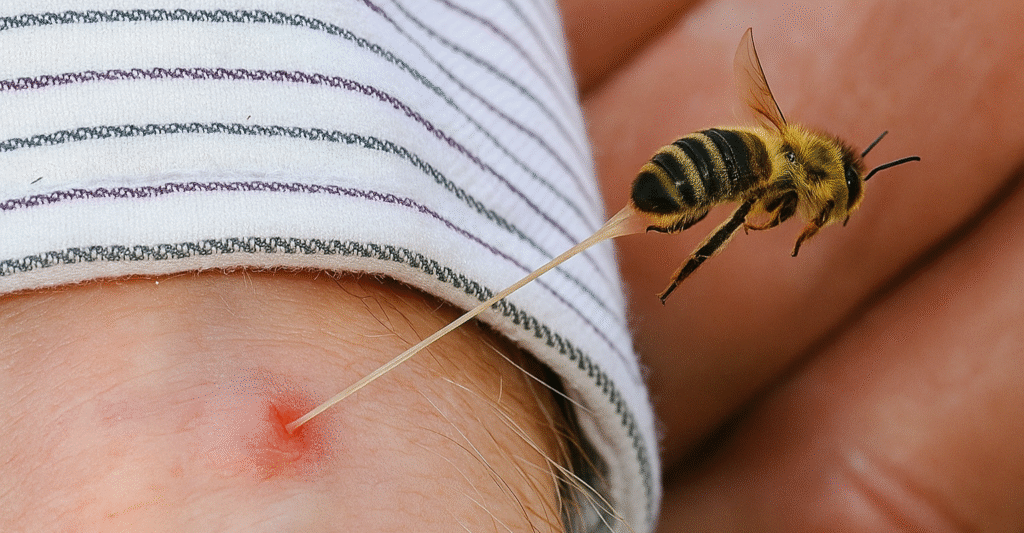
4. Seeing a World Invisible to Humans
Bees see the world in a completely different light—literally. Their eyes are sensitive to the ultraviolet (UV) spectrum, which is invisible to humans. Many flowers that might look plain to us have intricate UV patterns on their petals. These patterns, called “nectar guides,” act like glowing landing strips or bullseyes, guiding the bee directly to the flower’s nectar and pollen. This special vision is a key part of what makes their foraging so efficient.
5. The Tragic Life of the Male Bee
In the highly efficient bee society, there is little room for idleness. Male bees, known as drones, are a prime example. They have no stingers, do not collect food, and perform no chores within the hive. Their one and only purpose in life is to mate with a new queen during her nuptial flight. If a drone is successful, he dies shortly after mating. If he is unsuccessful, he returns to the hive, only to be forcibly kicked out by the female workers before winter arrives, as they will not waste precious food stores on a bee with no further purpose.
6. The Hexagon: Nature’s Perfect Shape
The beautiful and uniform honeycomb is a marvel of honeycomb engineering. Bees construct their cells in the shape of perfect hexagons, and there is a very good mathematical reason for this. The hexagon is the most efficient shape for tiling a surface, as it uses the least amount of material (wax) to create the maximum amount of storage space with no gaps in between. The bees figured this out instinctively millions of years ago, creating a structure that is both lightweight and incredibly strong. This perfect honeycomb engineering is a hallmark of their intelligence.
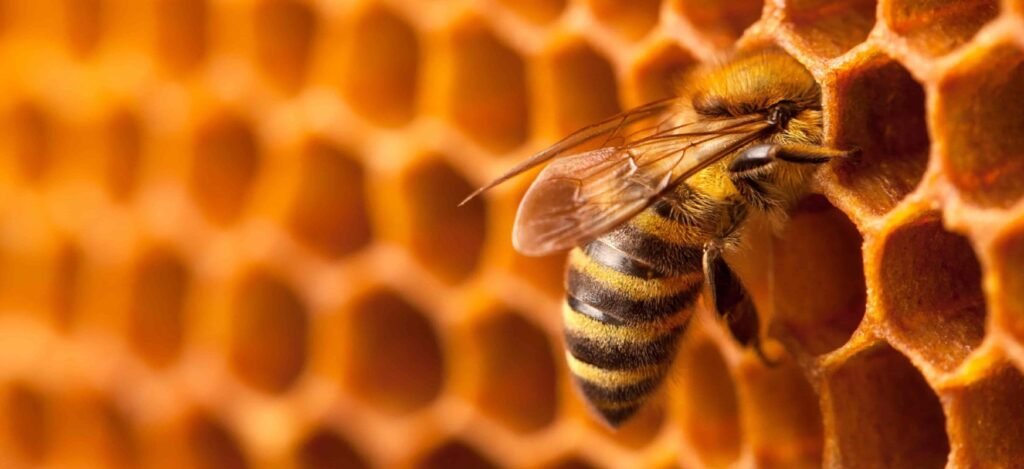
7. They Can Recognize Human Faces
It may sound unbelievable, but scientific research has shown that bees have the ability to learn and recognize individual human faces. They can process features like eyes, nose, and mouth as a whole pattern. This ability likely helps them remember which locations (and perhaps which gardeners) are associated with rewarding flowers and which might be linked to a threat. It adds a surprising layer of intelligence to these tiny creatures.
8. They Are Masters of Climate Control
A beehive is like a smart home with perfect temperature control. In the cold of winter, the bees huddle together in a tight cluster around the queen. By vibrating their powerful flight muscles without moving their wings, they generate heat, keeping the center of the cluster at a cozy 32-35°C (90-95°F), even when it’s freezing outside. In the summer, they do the opposite. They fetch water, spread it around the hive, and fan it with their wings, creating an evaporative cooling system like a natural air conditioner.
9. They Have Built-in “Pollen Baskets”
If you’ve ever seen a bee with large, bright yellow or orange blobs on its hind legs, you’ve witnessed another piece of brilliant design. These are its “pollen baskets,” or corbiculae. These are specialized areas of polished hairs where the bee packs the pollen it collects from flowers. She mixes the pollen grains with a bit of nectar to make them sticky, then carries these vital protein packs back to the hive to feed the colony’s developing young.
10. The Astonishing Journey for a Kilogram of Honey
To truly appreciate honey, consider the journey. To produce just one kilogram (2.2 pounds) of honey, a colony of bees must collectively visit approximately 4 million flowers. In the process, they will fly a total distance equivalent to circling the Earth four times. This staggering statistic beautifully illustrates the power and work ethic of incredible insect societies.

The Ant: A Super-Powered, Super-Organized Society
Ants are so common that we often overlook them. But beneath our feet lies a world of tiny titans with super-strength, complex social structures, and bizarre behaviors that range from farming and herding to waging war. The ant colony is the ultimate example of an ant superorganism.
11. They Possess True Super-Strength
An ant can lift and carry objects that are between 20 and 50 times its own body weight. To put that into perspective, that would be like an average human lifting a car over their head. This incredible strength comes from the fact that their muscles are much thicker relative to their body size compared to larger animals. This allows them to transport large pieces of food, soil, and building materials with ease.
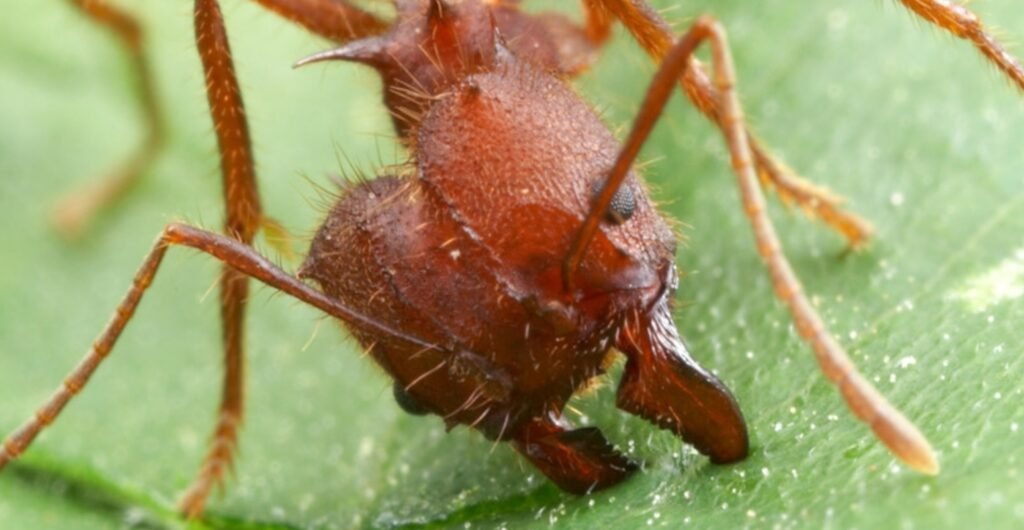
12. They Breathe Without Lungs
Ants, like many insects, do not have lungs. Instead, they breathe through a series of tiny openings along the sides of their bodies called spiracles. These holes are connected to a network of tubes called tracheae that deliver oxygen directly to every cell in their body. This passive system is highly efficient for their small size.
13. They Have Two Stomachs
An ant has not one, but two stomachs. The first stomach is for its own digestion. The second stomach, called a “social stomach” or crop, is for the colony. An ant will store liquid food in this social stomach and then share it with other ants back at the nest through a process of mouth-to-mouth regurgitation. This ensures that even the ants who stay inside (like the queen and nurses) get the food they need.
14. The Superorganism: One Mind in a Million Bodies
The concept of the ant superorganism is central to understanding their success. An ant colony functions less like a group of individuals and more like a single, unified being. Each ant—whether a worker, soldier, or nurse—has a specific role, and they all work together for the good of the colony. They make collective decisions, solve complex problems, and can even behave like a liquid to form rafts or bridges. This unified nature makes the ant superorganism one of the most formidable forces in nature.
15. The World’s First Farmers
Long before humans ever planted a seed, some ants had already mastered agriculture. Leafcutter ants, for example, practice a sophisticated form of ant farming behavior. They don’t eat the leaves they famously carry. Instead, they take them underground, chew them into a pulp, and use this pulp to grow a specific type of fungus. This fungus is their colony’s primary food source. They meticulously tend to their fungal gardens, fertilizing them and weeding out any competing molds.
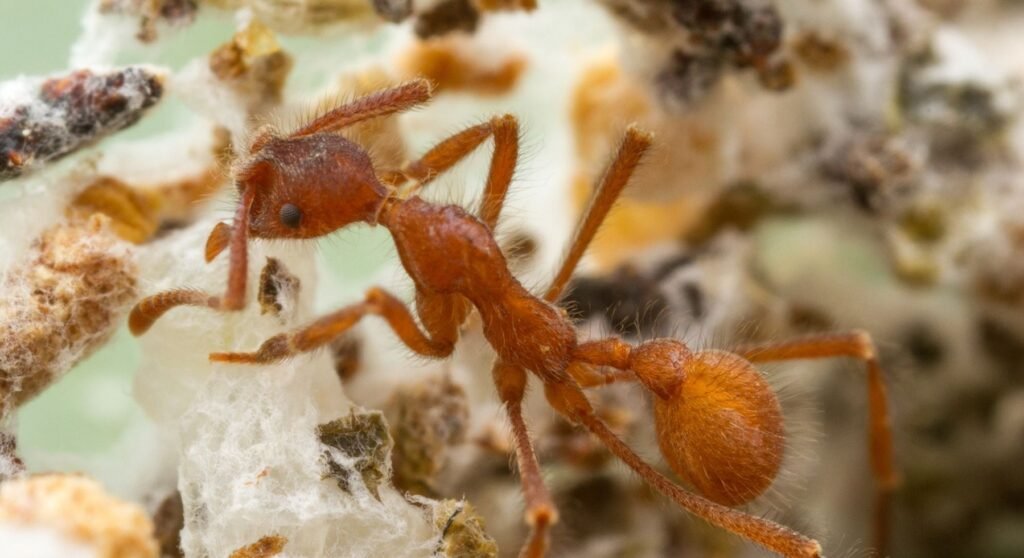
16. They Also Keep Their Own “Livestock”
In another stunning example of ant farming behavior, many ant species “herd” other insects, particularly aphids. Aphids feed on plant sap and excrete a sweet, sugary liquid called honeydew. The ants are addicted to this honeydew. In exchange for it, the ants will protect the aphids from predators like ladybugs, move them to better feeding spots, and even carry their eggs into the nest to protect them over the winter. It’s a classic example of animal husbandry.
17. They Communicate with a Chemical Language
Ants live in a world of smells. They communicate primarily by releasing chemical signals called pheromones. They can leave a pheromone trail on the ground to lead their sisters to a food source, release an alarm pheromone into the air to signal danger, or use specific chemical scents to identify nestmates and intruders. This chemical language is the invisible thread that holds their complex societies together.
18. The Queen Can Live for Decades
While a worker ant may only live for a few months, the queen can have an astonishingly long lifespan. In some species, a queen can live for up to 30 years, continuously laying millions of eggs throughout her life. She is the heart of the colony, the single mother of the entire ant superorganism. Her longevity is a key factor in the stability and success of her empire. antantics
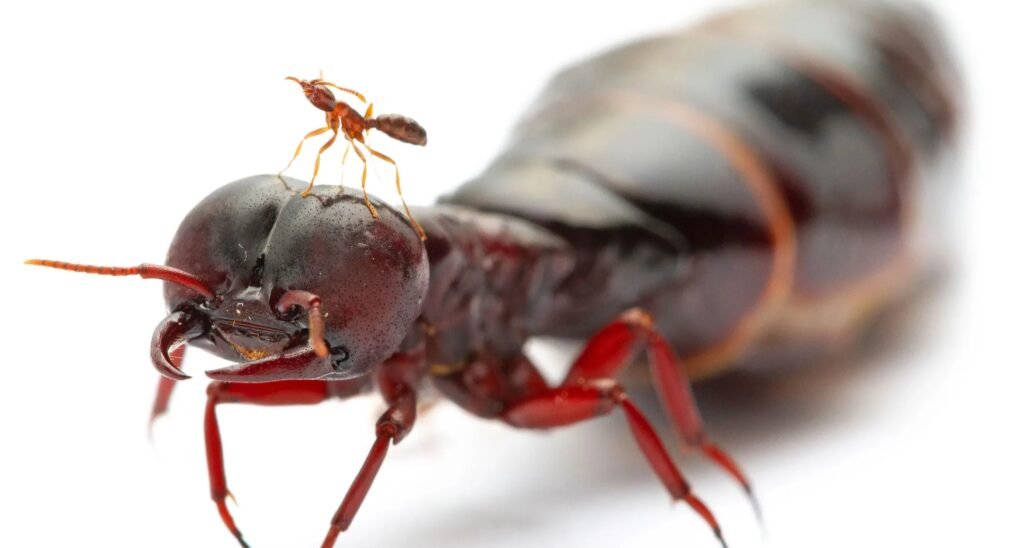
19. Some Ants Are Warriors and Slave-Makers
The world of ants is not always peaceful. Some species, like the Amazon ant, are fearsome warriors. They conduct raids on the nests of other ant species, not to steal food, but to steal their young. They carry the captured eggs and pupae back to their own nest. When these stolen ants emerge as adults, they instinctively perform all the work of the colony—feeding their captors, cleaning the nest, and raising their captors’ young—effectively living their lives as slaves.
20. They Are Ancient Survivors
Ants are incredibly old. Fossil evidence suggests that they first evolved around 140 million years ago, during the time of the dinosaurs. This means they survived the asteroid impact that led to the extinction of the dinosaurs and have been thriving on our planet ever since. Their ability to adapt and work together in incredible insect societies has made them one of history’s greatest success stories.
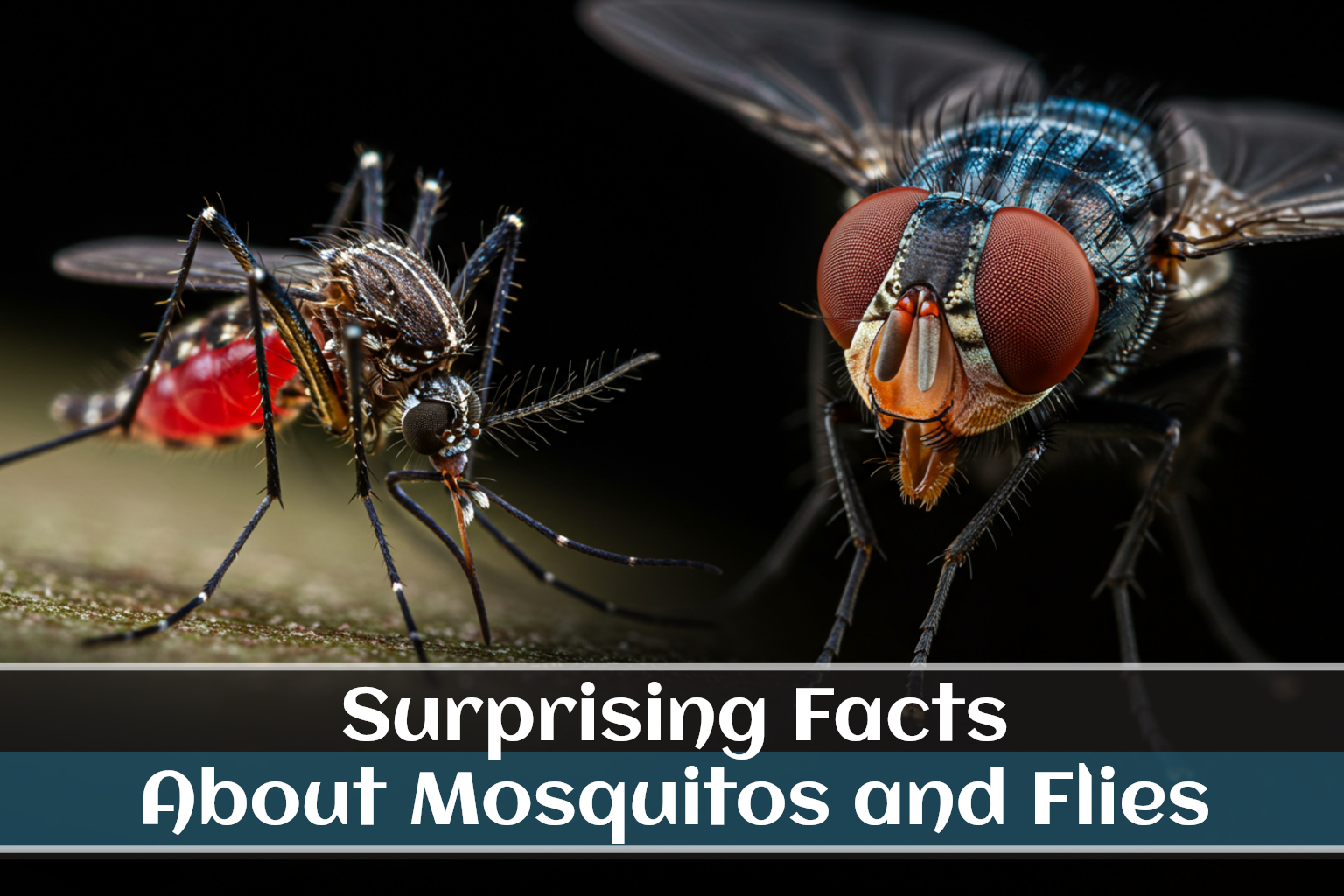
Did you know the fly on your wall sees you in slow motion? Or that the mosquito is a surgical expert with a deadly secret? Our guide, 20 Surprising Facts About Mosquitos and Flies, uncovers the shocking hidden world of these common pests. Prepare to be amazed by the tiny creatures you thought you knew.


